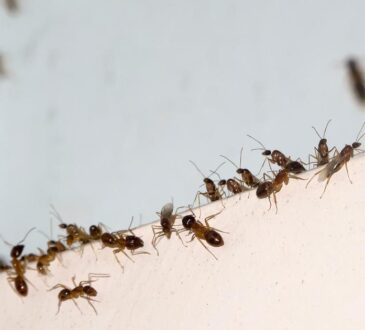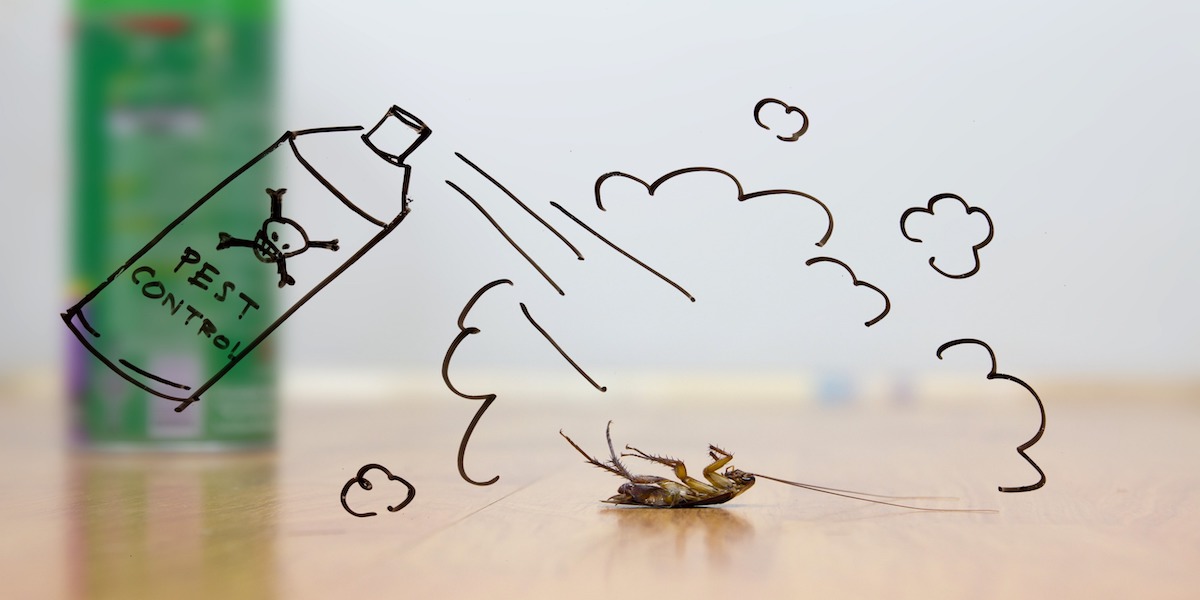
Some of nature’s most charming animals can turn into serious nuisances when they invade our homes and gardens. We feel sorry for their fluffy tails, small paws, and innocent-looking faces before launching a full-blown targeted attack at them. But these delightful creatures can damage property, spread disease, and even rack up huge repair bills that homeowners can ill afford.
The problem is in reconciling our natural love for these little critters with the nastiness of pest control. For many of us, it is a matter of wanting to protect these adorable interlopers and protect our own homes and families. As a rule, emotional struggles hamper the ability of people with pest problems to act, so that pest populations go on the rise and the situation worsens.
Knowing what cute critters pose actual threats to homeowners can help them decide when it is time to weigh pest management options. And as cute as they may be, the destruction they leave behind is just as real and quantifiable. Get started by first understanding which pests these are and learn how to combat them.
5 Cutest Pests That Actually Exist
Squirrels
We can not help but smile at these playful little gymnasts with bushy tails and clever problem-solving skills. Still, squirrels chew electrical wires, insulation, and wooden structures each year, resulting in millions of dollars in property damage. They are fire hazards and cost homeowners a lot of money to repair.
Raccoons
With their characteristic face masks and nimble paws, raccoons appear to be the sweetest bandits. They are smart enough to open garbage cans, unlatch doors, and solve complicated puzzles. But they also harbor rabies and other diseases in addition to destroying gardens, attics, and outdoor furniture.
Opossums
North America’s sole marsupial woos us with its miniature offspring and strange defensive behaviors. Opossums, though mild by nature, may leave garden destruction, take pet food, and bring unsanitary conditions near your home. They also spread fleas, ticks, and other parasites.
Mice
These animals look cute and harmless due to their petite size, wiggling whiskers, and soft coats. Nevertheless, a pair of mice can produce 10 litters in a year, so how quickly infestation occurs. They also spread germs, ruin food supplies, and prevent damage to construction by gnawing and nesting.
Bats
These flying mammals captivate us with their special capabilities and crucial ecological function. As beneficial as bats can be, they also pose particular health risks: droppings and urine in attics can create a health hazard, and bats can carry rabies and transmit it to those bitten and histoplasmosis, a lung infection caused by breathing in spores of a fungus frequently found in droppings from bats and birds.
Why It Is Still Important to Get Rid Of Them
However, while they may look cute, the health and safety hazards these little pests bring to the table can not be overlooked. Disease transmission is the main worry, as most of these animals harbor human- and pet-hazardous bacteria, parasites, fungi, and viruses. Rabies, salmonella poisoning, and parasitic infections are some of the obvious dangers of acute pest outbreaks.
Property-damage expenses can easily exceed $1,000 if you are not careful. Chewing, nesting, and waste accumulation cause structural damage and lower property values, as well as creating health and safety hazards. Among many property insurance carriers, pest-inflicted property damage is usually not covered, resulting in costly home repairs that homeowners are liable to pay for.
Taking Action Against Cute Pests
A line must be drawn between compassion and common sense in order for any pest control treatment to be effective. Experts in the field of managing pests know how pests behave and can use this knowledge to apply control methods that cause the least amount of harm yet remain effective. Not only do they have the know-how, equipment, and experience to safely and securely deal with adorable vermin.
Attempting DIY fixings is often ineffective and can be unsafe when dealing with disease-carrying animals. Pest control professional services provide proper sanitation, safe removal of birds, and deterrent methods to resolve the causes rather than just the symptoms. They also offer warranties and after-care to ensure future success.




